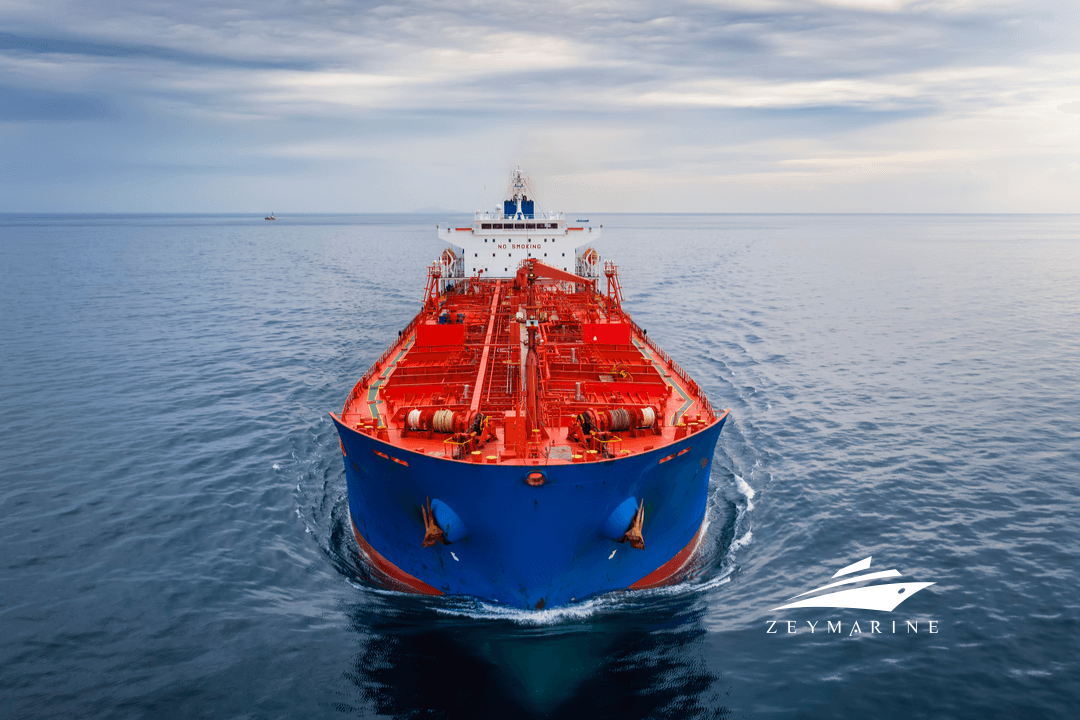Is 2022 smoother than 2021? The quickest answer is ‘no’. Following the tumultuous year of 2021, the new year could have remediated the issues yet recent developments and ongoing war only worsened the scenario in dire straits. Let’s get into details in regard to freight rates.
The United Nations Conference on Trade and Development Report
A short while ago, The United Nations Conference on Trade and Development implemented a rapid assessment of the Russia- Ukraine War’s impact on trade. The outcome shows that the world economy is swiftly and uncontrollably retrogressing. In small economies, the effects are more perceivable. Food, fuel and fertilizer prices are rampantly increasing. In spite of that, for the experts, current impressions are just the tip of the iceberg because according to the report from UNCTAD, nutrition shortages and inflation-induced recessions cannot be discounted easily. Rebeca Grynspan, Costa Rican economist and UNCTAD Secretary-General, concluded that “The war in Ukraine has a huge cost in human suffering and is sending shocks through the world economy, All these shocks threaten the gains made towards recovery from the COVID-19 pandemic and block the path towards sustainable development.”
The Current Situation In The Industry And The Freight Rates
Onward the war between Russia and Ukraine, sanctions affected the industry dramatically. At the present time, not only seaways but air routes are problematic. Russian airspace is closed to 36 countries and vice versa, air freight rates record high. Dylan Alperin, head of supply chain software platform Keelvar, said ‘The flying ban has canceled many of these flights and removed 10 million miles of airspace from international freight routes’. Thus, in every sense, both shipping trade and air commerce are in a cleft stick. Besides, even some forwarding companies recommend that shippers should not arrange shipments in routes rounding Russia or Ukraine. The recommended recipe by the experts is to find new routes rather longer and meandering.
UNCTAD wrapped up their considerations by stating, ‘Already expensive and overstretched maritime trade will find it difficult to replace these suddenly unviable land and air routes’. Also, they noted their foresight on freights by stating: ‘If the volumes currently going by container rail were added to the Asia-Europe ocean freight demand, this would mean a 5% to 8% increase in an already congested trade route’.
Still, according to the data of Freightos, a private online international freight marketplace, since the outbreak of war in late February, freight rates showed a tendency of decline in the Asia-Europe and the Europe-Asia routes. On 15 March 2022, spot freight rates from that region hit their reach lowest levels in eight months. Even so, because of the coronavirus restrictions, the tendency can overturn. On the other hand, freight rates on the Asia-Trans Pacific show an increase in both the front-haul and the back-haul routes as per usual.
Data from the Shanghai Shipping Exchange is also showing a congener aspect. An average of 1.6 percentage point decline is marked down from China to world exports. Moreover, import freight rates to China also appear similar even though realized only minorly. Freight rates to China are showing a falling tendency. The route from Europe to China, especially aside from the Mediterranean, is exceedingly down.
Consequently, equivocacy on the freight rates seemingly will continue. Continuing pandemic and ongoing war create turbidness for the future. Accurate relationships between professionals are critical for coming out of the crisis stronger.







